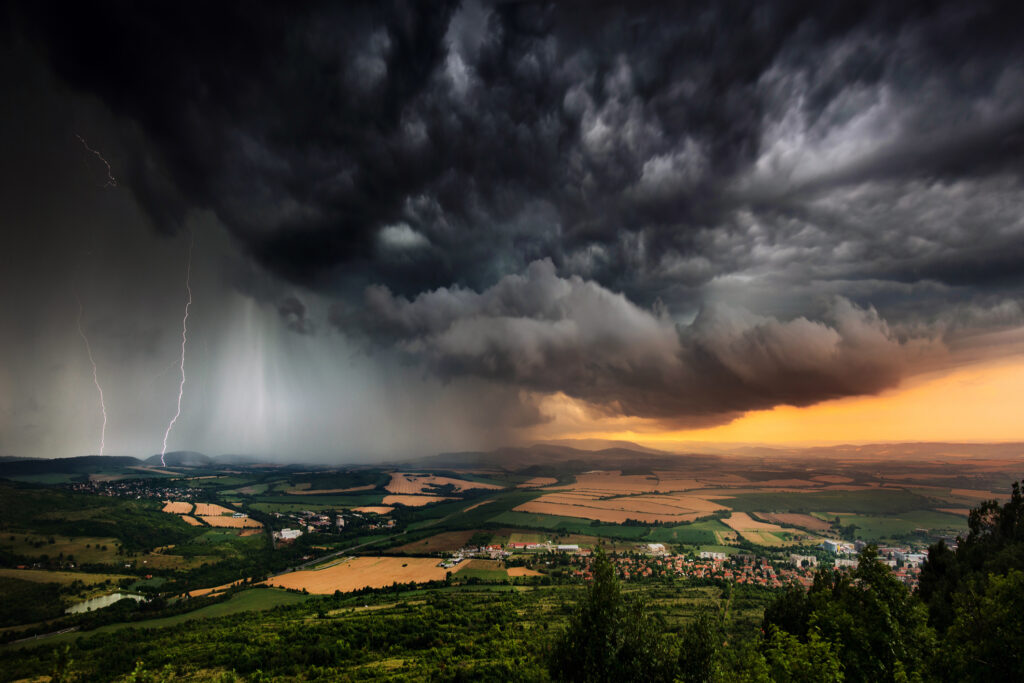Serving San Antonio, New Braunfels, San Marcos, Boerne & Surrounding Communities in the Texas Hill Country
Menu
Natural disasters like hurricanes, floods, and wildfires can cause widespread havoc in communities, resulting in destruction and chaos. A critical issue in the aftermath is water damage cleanup. Cleanup professionals demonstrate resilience and dedication as they tirelessly tackle the specific challenges of cleaning up water damage during natural disasters, striving to restore affected areas. 
Natural disasters amplify the scale of water damage, creating widespread devastation that requires swift and strategic responses. Floodwaters, often contaminated with debris, chemicals, and sewage, pose a significant health risk and complicate the cleanup process. Additionally, the sheer volume of affected properties overwhelms cleanup crews, making coordination and resource management crucial.
One of the key approaches to effective water damage cleanup during natural disasters is a swift and coordinated response. Cleanup crews must mobilize quickly to assess the extent of the damage, prioritize areas in urgent need, and deploy resources strategically. Timely action is essential to prevent further structural damage and mold growth and minimize residents’ health risks.
In the face of natural disasters, water damage cleanup professionals rely on advanced technology and specialized equipment to enhance their efficiency. Industrial-grade pumps, moisture detection tools, and high-capacity dehumidifiers have become indispensable assets in restoration. These tools enable crews to extract water rapidly, identify hidden moisture pockets, and expedite drying.
Cleanup crews’ and residents’ health and safety remain paramount during water damage cleanup following natural disasters. Contaminated floodwaters may carry pathogens and hazardous substances, necessitating cleanup professionals’ use of personal protective equipment (PPE). Additionally, proper ventilation and air quality monitoring become critical to ensure a safe working environment.
Natural disasters can create specific structural challenges that need special expertise. Cleanup crews face complex situations, dealing with issues like compromised foundations and weakened structures. It may be necessary to reinforce and stabilize structures for the restoration team’s and residents’ safety during cleanup. In these cases, conducting careful assessments of structural integrity is crucial to guide professionals in implementing safe and effective restoration strategies.
Effective communication with the affected community is crucial to water damage cleanup during natural disasters. Cleanup professionals must provide clear information about the restoration process, timelines, and safety precautions. Establishing open lines of communication helps build trust and collaboration, fostering a sense of unity in the face of adversity.
Water damage cleanup during natural disasters is a multifaceted and demanding task requiring technical expertise, resilience, and compassion. Cleanup professionals, such as those from Restoration 1 of Texas Hill Country, play a vital role in restoring normalcy to communities affected by these catastrophic events. Our dedication to addressing unique challenges, from contaminated floodwaters to structural complexities, highlights the indomitable spirit of those who weather the storm to rebuild and renew. In the face of adversity, our team of professionals restore physical structures and provide a sense of hope and support to the communities we serve.